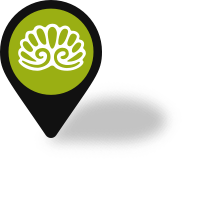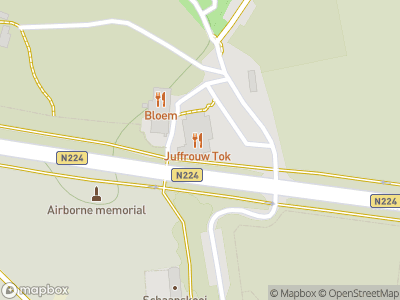Those who lived through this battle still have very vivid memories of it the never-ending stream of aircraft, in September 1944, with hundreds and hundreds of parachutists jumping out of them in order to liberate the Netherlands. Fighting erupted all around the Ginkelse Heide, with German troops offering fierce resistance.
Droppingzone airtroopers
The 1st British Airborne Division had received orders to secure the bridge over the River Rhine near Arnhem. They landed in September 1944 to the west of Arnhem. On 17th September, the 7th Battalion, King’s Own Scottish Borderers landed in gliders to the north of Wolfheze. They were given orders to defend the Ginkelse Heide (Ginkel Heath) near Ede, which was the droppingzone for the second day of the operation: Monday 18th September. Various German units supported by armoured vehicles attacked the Scottish positions around the heath, which eventually proved to be too big for them to defend. They lost part of the droppingzone. Then on the Monday afternoon, the 4th Parachute Brigade started their descent, just as the Scots were driving off the Germans. The 2000 parachutists had expected a quiet landing, but instead, were confronted with a fierce attack, a blazing inferno of bullets, fire and smoke. The Germans retaliated with all the fire power they had, but despite the German anti-aircraft defences as well as problems with the jump, 90% of the paratroopers managed to land in the designated landing zone. They started their advance towards Arnhem at around 17.00 hours.















